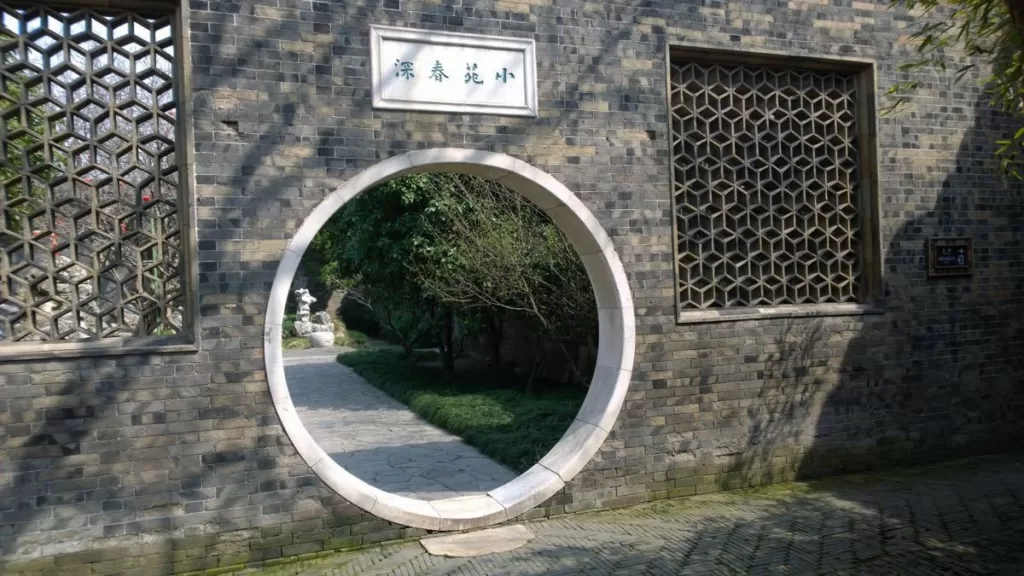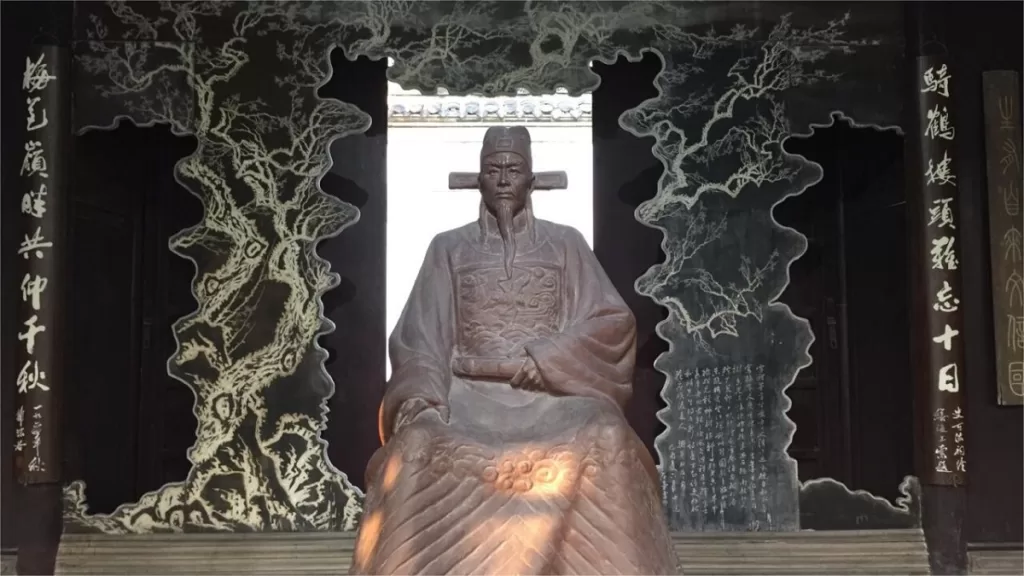The Chinese Paper Cutting Museum (中国剪纸博物馆) is a unique cultural treasure located in the historic district of Yangzhou, China, nestled within the Wang Family Garden. This museum showcases a diverse collection of paper-cutting artworks representing various styles and schools from all over the country. It is also the hub for the annual “Shan Hua Award” competition and various cultural exchange activities related to the art of paper cutting.
The Chinese Paper Cutting Museum was conceived by Mr. Feng Jicai, Vice Chairman of the China Federation of Literary and Art Circles and Chairman of the Chinese Folk Literature and Art Association. Its mission is to exhibit, preserve, transmit, rescue, and research the Chinese art of paper cutting. The museum is dedicated to fostering the prosperity and development of paper cutting in China, and it has been greatly enriched by the contributions of modern paper-cutting master Zhang Yongshou.
Table of Contents
- Basic Information
- Location and Transportation
- History of Yangzhou Paper Cutting
- Features of Yangzhou Papaer Cutting
- Video about Yangzhou Paper Cutting
- Attractions near Chinese Paper Cutting Museum
Basic Information
| Estimated Length of Tour | 1 hour |
| Ticket Price | Free |
| Opening Hours | 9.00 – 17.00 |
Location and Transportation
Chinese Paper Cutting Museum is located at 14 Di Guan Street, at the eastern end of the Dong Quan Men Historical District in Yangzhou City. To get there, tourists can take bus 18, 26, 32, 86, 88, 89, 99, K1, or K2 and get off at Quanhua Taoist Temple Stop (琼花观).
History of Yangzhou Paper Cutting

Yangzhou’s paper cutting is an outstanding representation of Southern Chinese paper-cutting traditions. Dating back to the Tang Dynasty, the custom of paper-cutting to welcome the Spring Festival has deep roots in this region. On the day of Lichun (the beginning of spring), people decorate their homes with paper-cut flowers, spring butterflies, and symbolic spring coins. These intricate paper-cuttings are hung in the hair of beautiful women or adorned under flowering trees to welcome the arrival of spring. In the course of history, during the Jiaqing and Daoguang eras, the renowned artist Bao Jun was known for his exquisite paper-cutting skills. His works, featuring lifelike flowers, birds, fish, and butterflies, earned him the title “Godly Scissor.”
With the establishment of the People’s Republic of China, Yangzhou’s paper cutting began to receive significant attention from the national and local governments. In 1955, a Folk Crafts Society was established in Yangzhou, providing a platform for the development of this art form. In 1979, paper-cutting artist Zhang Yongshou was bestowed with the title “Chinese Master of Arts and Crafts” by the nation. His iconic works such as “Hundred Flowers in Full Bloom,” “Hundred Chrysanthemums,” and “Butterflies in Love with Flowers” showcase the exceptional artistry of paper cutting in different periods. Yangzhou paper cutting encompasses a wide range of subjects, from figures, flowers, birds, and animals to extraordinary landscapes and famous historical sites, with a special focus on the depiction of the four seasons and flowers.
Features of Yangzhou Papaer Cutting

Yangzhou paper cutting, as a cultural gem in the folk art tradition of Yangzhou, Jiangsu Province, has shone brightly in China’s intangible cultural heritage list. In 2006, Yangzhou paper cutting was officially included in the first batch of China’s national intangible cultural heritage list. Its richness in subject matter and excellence in technique make Yangzhou paper cutting a brilliant star in the artistic journey of Chinese culture.
The allure of Yangzhou paper cutting lies in its wide range of subjects and unique artistic approach. Whether it is figures, flowers, birds, animals, extraordinary landscapes, or famous historical sites, this art form can convey its diversity from multiple perspectives. The depiction of the four seasons and flowers, in particular, stands out as a distinctive characteristic of Yangzhou paper cutting.
What makes Yangzhou paper cutting captivating is its incorporation of the compositional thinking of painting. Works are often based on painting as their foundation, with concise yet intricate compositions. The lines are fluid and full of vitality, presenting a unique sense of artistic beauty. Its distinct technique, using scissors instead of a brush, reveals smooth lines, making skillful use of line variations to create rich images.













